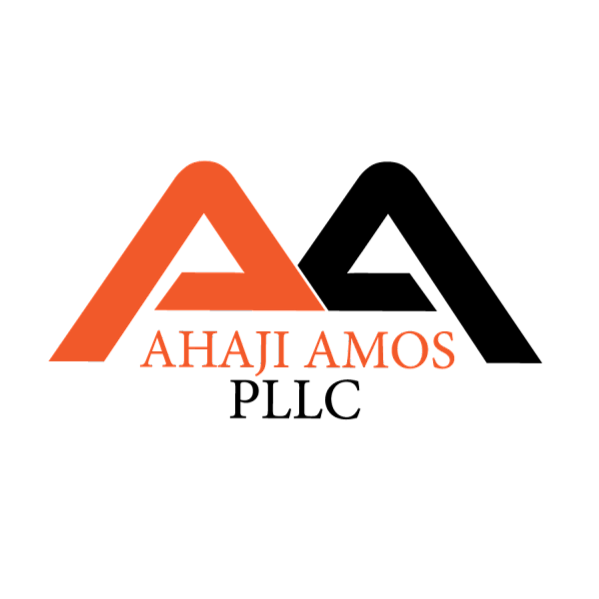
BLOG
Applying for a Trademark: Alpha to Omega
Learn the 8 steps for obtaining a federal trademark registration.
Step 1: Search
It’s a bad idea to invest resources into a trademark that may later need to be scrapped. Before you order those business cards, purchase a url, or order those goods, make sure you are free to use the trademark by obtaining a trademark search. A trademark search should uncover potential conflicts that will curtain your ability to use a trademark. It’s important to use a trademark attorney to conduct the search because trademark law is not widely understood. Did you know that trademark infringement does not require intent, copying, or identical use? Likelihood of confusion can be established between two trademarks that simply rhyme, or for colors that are similar. It’s important to seek out an expert opinion. In fact, searching the Trademark Electronic Search System, or TESS, provides little information because trademark rights are established by use, not registration. Know that your mark is registerable before you use it!
Step 2: Use
Trademark rights are established based on use, not registration. So, you should use the trademark prior to applying for a trademark. Using the trademark means providing a product or service to another across state lines (generally speaking). If you haven’t yet used the trademark, then you may still begin the process of applying for a federal trademark using an intent-to-use trademark application. These types of applications are examined as if the trademark has been used, but will not result in an issued trademark until an affidavit of use is filed (and an appropriate fee is paid).
Step 3: Apply
Applying for a trademark is the next step in the process. Most trademark applications are filed online using the United States Patent and Trademark Office’s online filing system, called the Trademark Electronic Application System, or TEAS. TEAS allows trademark applications to be filed pretty easily by uploading a specimen, image of the trademark, and inputting all other required information. Most applicants pay $225 per class, per mark. The ease of use of TEAS has resulted in more than 480,000 online trademark applications being filed in the USPTO just this year alone! In my experience, most of the applications are not filed correctly. The online interface fools users into thinking that the trademark application process is easy. It is not. An attorney is needed to choose the proper specimen, identify the proper classification of goods or services, and to determine the strength of the mark. Filing a descriptive or generic mark is often a waste of time and money. Submitting a specimen that is not reflective of the goods will also increase costs (e.g. submitting a picture of a t-shirt with a logo on the front, will get your specimen rejected). Using a trademark attorney almost always saves the trademark owner money.
Step 4: Prosecution
It’s surprising how many of my clients hire me thinking that trademarks are simply registered without an examination process. Many believe that if no one has registered their trademark, then they’ll be awarded rights to it. This couldn’t be farther from the truth. Only about 30% of applications are allowed without a refusal. refusals are both substantive and technical. They can be made to the specimen, the alleged use, the goods or services, or to the mark itself. A trademark must be used as a trademark in commerce. A trademark must also not be confusingly similar to an average consumer. These are legal determinations that require the skill of a trademark attorney. Many unrepresented applicants give up when faced with a likelihood of confusion refusal that most trademark attorneys could easily overcome. During the prosecution stage, a USPTO trademark attorney will issue communications called Office Actions, which state the refusals to the application. The applicant is required to respond to each and every allegation. On average about two office actions before dismissal (allowance or final refusal) of the application. Prosecution takes on average about 9-12 months and begins about 2-3 months after filing.
Step 5: Opposition
If a trademark is allowed, it is then published for opposition. Allowed applications are published in the Official Gazette, which is a USPTO publication that contains trademarks for public review. The opposition period lasts 30 days from the date of publication (which usually begins weeks after allowance). During those 30 days, anyone who believes that the registration of the trademark is harmful to them or improper may seek withdrawal of the allowance by filing a notice of opposition. The notice is akin to a civil litigation complaint and sets forth the opposers reasons for believing that a trademark registration should be denied. The opposition process is long, taking on average about 18 months to complete, and includes motions, like summary judgment motions, discovery and the submission of a trial brief. Depositions are not unusual in opposition proceedings.
Step 6: Issuance/Statement of Use
If an opposition is not filed or is unsuccessful, the mark will issue for applications based on use. For applications filed based on an intent to use the trademark, the applicant has up to six months to file a statement of use, demonstrating the use of the trademark. If the applicant fails to file the statement within six months, or request a six-month extension, the application will be abandoned and no trademark registration will issue.
Step 7: Maintenance
After a trademark application issues, the trademark owner must file maintenance documents to avoid abandonment of the trademark. If the registration is abandoned, the registrant must start the entire process again.
Step 8: Monitoring
Trademark owners are required to police their trademarks, which means that they can’s sit idly and allow their trademark rights to be infringed. Professional monitoring is relatively inexpensive (we charge $39/month) and effective at discovering unauthorized uses. All trademark owners should have some sort of active protocol for dealing with potential infringers identified, which includes informing and warning of infringement, as well as judicial enforcement.
Ahaji Amos is patent and trademark attorney with 17 years of experience in intellectual property litigation and prosecution at Ahaji Amos, PLLC, a law firm that represents startup and small businesses in all matters including patent prosecution, trademark prosecution, copyrights, trade secrets, oppositions, cancelations, equity funding and commercial litigation. Ahaji Amos, PLLC is dedicated to representing entrepreneurs, inventors, and innovators.
This article is for information and advertising purposes and does not constitute legal advice. No attorney-client relationship is formed in the absence of a fully written and executed engagement agreement between Ahaji Amos, PLLC and its clients. Ahaji Amos can be reached at ahaji@ahajiamos.com. More information can be found at https://ahajiamos.com.
I’m on YouTube!
#trademarks, #womeninip, #trademarkattorney, #trademarkattorneynearme, #blacktrademarkattorney, #femaletrademarkattorney, #blacktrademarkattorney, #trademarkaname, #trademarkalogo, #tess, #howtotrademarkalogo, #trademarkattorneysearch, #trademarkregistration, #costoftrademarkattorney, #napervilletrademarklawyer, #napervilletrademark lawyer, #tmlogo










